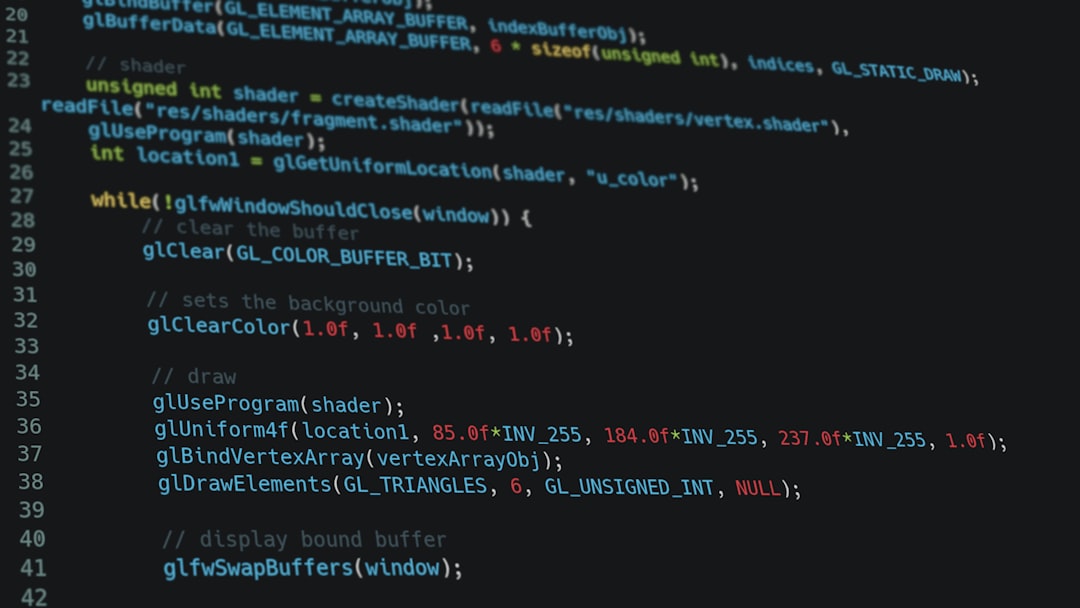Bubble.io is an increasingly popular no-code development platform that allows individuals and businesses to create web applications with minimal coding experience. While its flexibility and ease of use have made it a go-to solution for many, a crucial question remains: Is Bubble.io safe to use? Security, data protection, and platform reliability are critical concerns for users entrusting their applications and sensitive data to a third-party provider. In this article, we will explore Bubble.io’s security features, its potential risks, and how it compares to traditional development methods.
Contents of Post
Understanding Bubble.io’s Security Measures
Bubble.io invests heavily in security to ensure that applications built on its platform are protected against common vulnerabilities. Some of the most important security measures implemented by Bubble.io include:
- Encryption: Bubble.io applies encryption both at rest and in transit, ensuring that data remains protected against unauthorized access.
- Authentication & Access Control: The platform allows developers to set up user authentication through email, passwords, OAuth, and third-party authentication providers, reducing the risk of unauthorized logins.
- Automatic Backups: Applications hosted on Bubble.io benefit from automatic backups, which can help recover data in case of accidental deletion or cyber-attacks.
- Protection Against Common Threats: Bubble.io implements security best practices to guard against vulnerabilities such as SQL injection, cross-site scripting (XSS), and cross-site request forgery (CSRF).

These security features make Bubble.io a reasonable choice for many use cases, but they do not eliminate all risk. Like any platform, Bubble.io’s security ultimately depends on how applications are configured and used.
Potential Security Risks of Using Bubble.io
Despite its strong security measures, there are certain risks associated with using a no-code platform like Bubble.io:
- Limited Control: Unlike traditional development where developers have direct control over server security configurations, database management, and software updates, Bubble.io users rely entirely on the platform’s security protocols.
- Third-Party Dependencies: Many Bubble.io applications integrate third-party plugins and APIs, which can introduce vulnerabilities if not properly vetted.
- Data Protection Regulations: Businesses in industries with strict compliance requirements (e.g., healthcare, finance) must ensure that Bubble.io meets their data handling and privacy obligations.
- Potential Downtime and Outages: As with any cloud-based service, Bubble.io is dependent on its own infrastructure. If their servers experience downtime, users may temporarily lose access to their applications.

These risks are not unique to Bubble.io and exist in various forms across all cloud-based platforms. However, they highlight the importance of understanding the trade-offs when choosing a no-code solution.
How to Enhance Security When Using Bubble.io
While Bubble.io provides a solid security framework, users should take additional precautions to further enhance their application’s safety:
- Enable Two-Factor Authentication (2FA): Using 2FA for user accounts can add an extra layer of security against unauthorized access.
- Restrict Data Access: Limit access to sensitive data based on user roles and permissions to minimize the risk of data breaches.
- Use Secure APIs and Plugins: Always verify the credibility of third-party integrations before implementing them in your Bubble.io application.
- Regular Security Audits: Periodically review security settings and monitor for suspicious activity to detect potential vulnerabilities.
- Data Backups: While Bubble.io offers automatic backups, consider exporting critical data separately as an added precaution.
By following these best practices, users can significantly mitigate the security risks associated with using Bubble.io.
Comparing Bubble.io to Traditional Development
Traditional web development provides developers with full control over security measures, hosting, and database management. However, this also comes with added complexity and higher costs. Some key differences between Bubble.io and traditional development include:
| Factor | Bubble.io | Traditional Development |
|---|---|---|
| Security Control | Managed security, limited control | Full security control, requires expertise |
| Development Speed | Fast deployment, no coding required | Slower, requires coding and testing |
| Costs | Lower upfront cost, subscription-based | Higher costs for hosting, maintenance, and development |
| Customization | Limited by the platform | Highly customizable, no restrictions |
For organizations looking to build secure applications with more control over security settings and data management, traditional development may be a better option. However, for startups and small businesses that need a fast and cost-efficient solution, Bubble.io remains a viable choice.
Final Verdict: Is Bubble.io Safe to Use?
Overall, Bubble.io provides a secure and reliable environment for building applications. With built-in encryption, authentication, and data protection, it offers a reasonable level of security for most users. However, those handling highly sensitive data or operating in heavily regulated industries should carefully assess whether the platform meets their compliance requirements.
Image not found in postmeta
Ultimately, the safety of Bubble.io depends on how well it is used. By implementing best practices, regularly auditing security settings, and being mindful of third-party integrations, users can mitigate many of the risks associated with no-code development.
If simplicity, speed, and ease of use are your priorities and your application does not require advanced security customization, Bubble.io can be a great tool to bring your ideas to life in a secure way.

